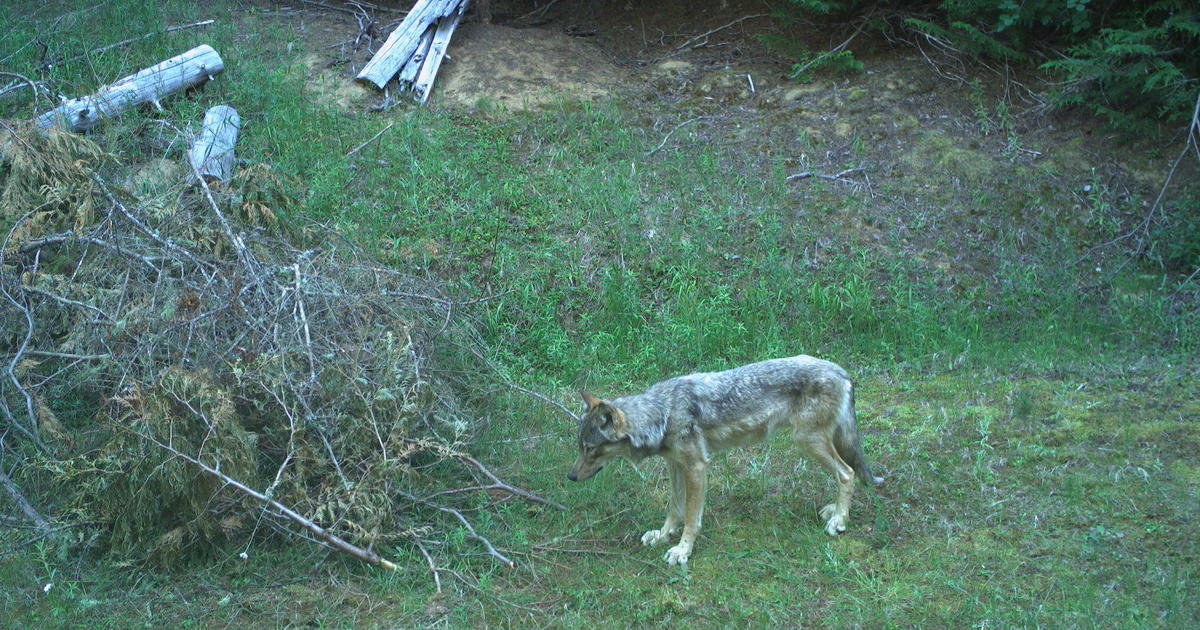In all fairness wolf eradication in the USA closely aligned with Elk eradication in the USA. The question here is, we have set up a model of Conservation for Elk, Deer etc. Can we set up a method of conservation to include wolves?
Could you be any more wrong? The removal of wolves was one key element in restoring several species.
In 1907, only 41,000 elk remained in North America. Thanks to the money and hard work invested by hunters to restore and conserve habitat, today there are more than 1 million.
In 1900, only 500,000 whitetails remained. Thanks to conservation work spearheaded by hunters, today there are more than 32 million.
In 1900, only 100,000 wild turkeys remained. Thanks to hunters, today there are over 7 million.
In 1901, few ducks remained. Thanks to hunters’ efforts to restore and conserve wetlands, today there are more than 44 million.
In 1950, only 12,000 pronghorn remained. Thanks to hunters, today there are more than 1.1 million.
Habitat, research and wildlife law enforcement work, all paid for by hunters, help countless non-hunted species.
Through state licenses and fees, hunters pay $796 million a year for conservation programs.*
Through donations to groups like RMEF, hunters add $440 million a year to conservation efforts.*
In 1937, hunters actually requested an 11% tax on guns, ammo, bows and arrows to help fund conservation. That tax, so far, raised more than $7.2 billion for wildlife conservation.*
An 11% tax on guns, ammo, bows and arrows generates $371 million a year for conservation.*
*financial info via America’s Sporting Heritage: Fueling the American Economy (January 2013) & Hunting in America: An Economic Force for Conservation (January 2013)

 www.forbes.com
www.forbes.com





